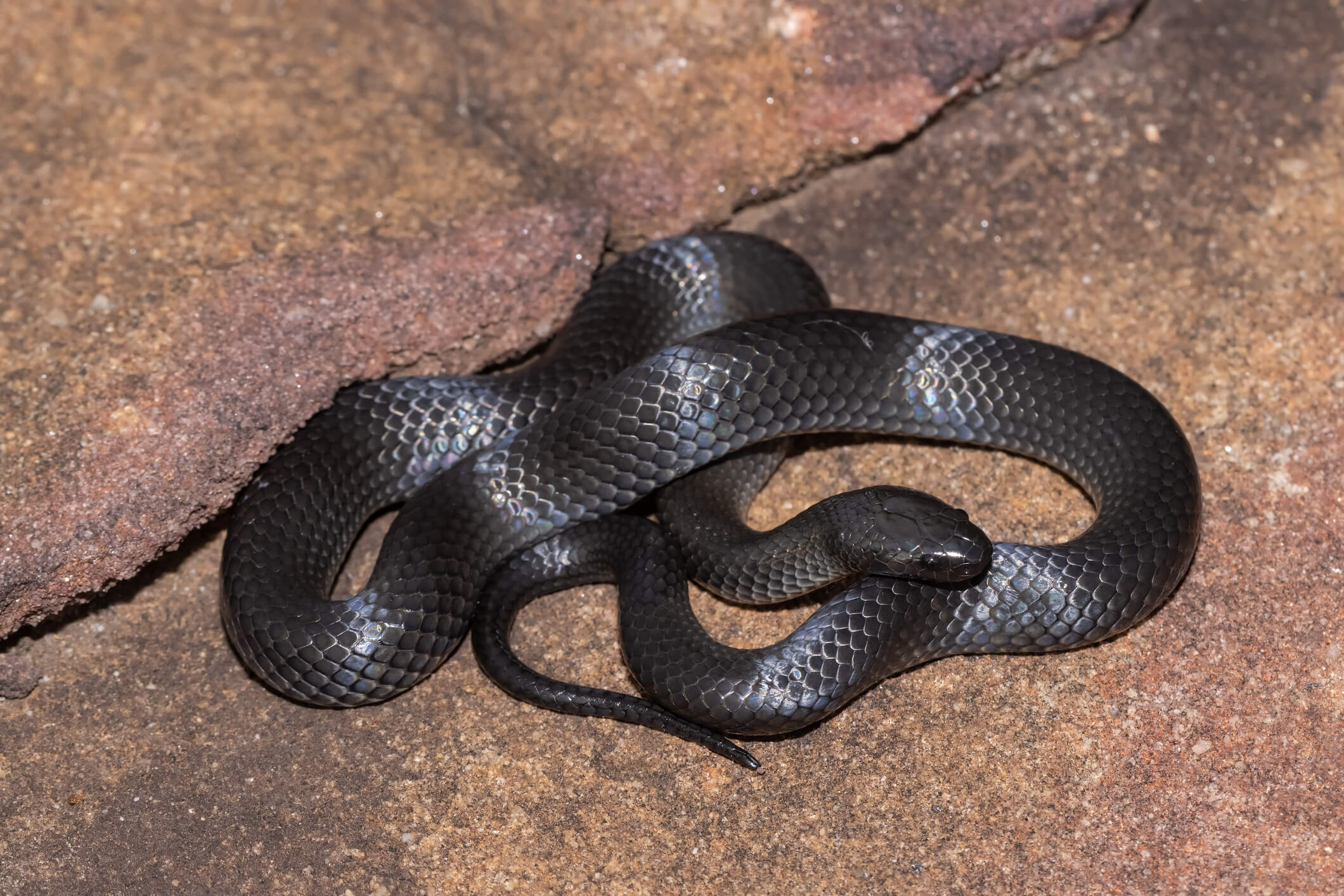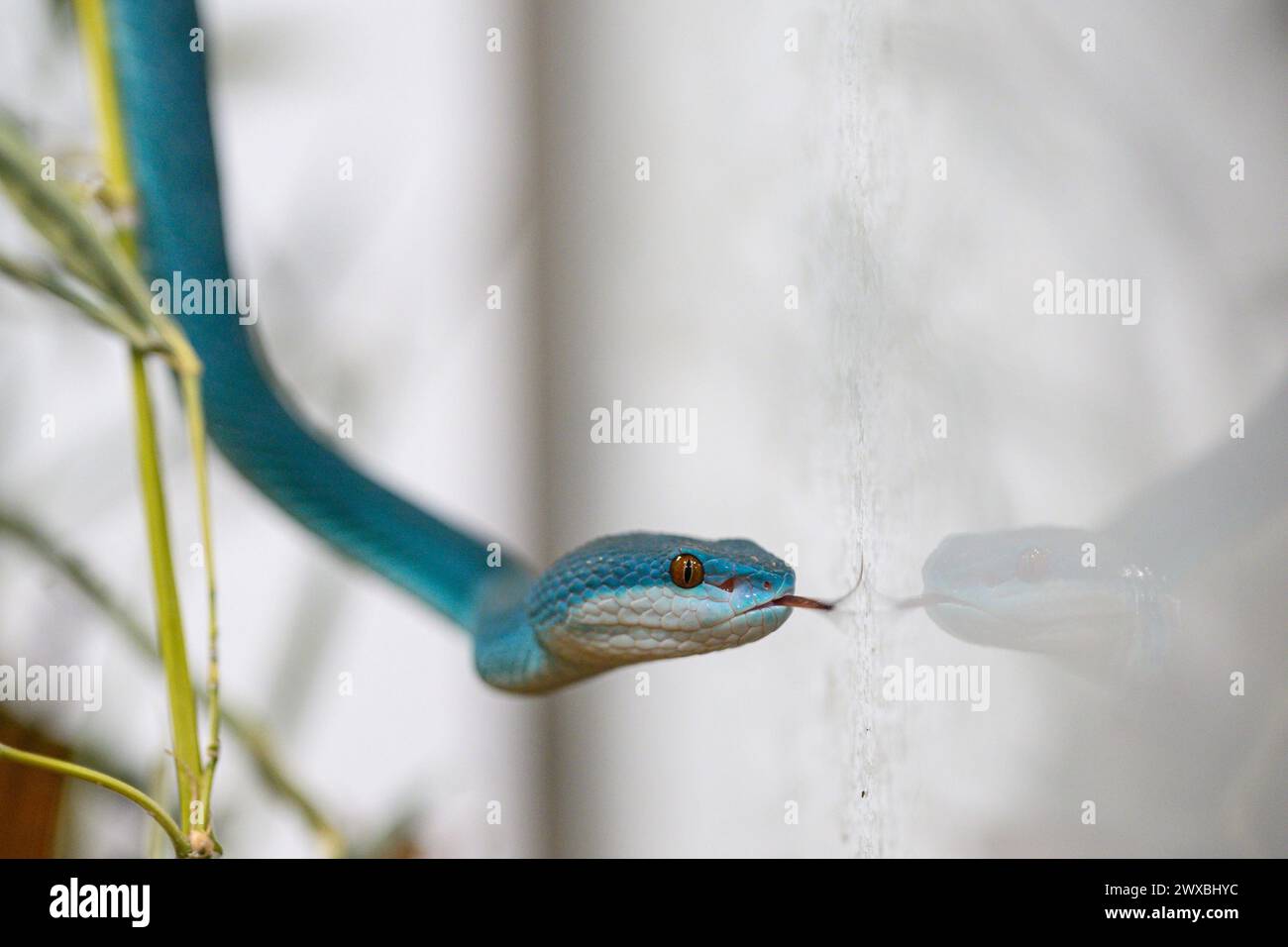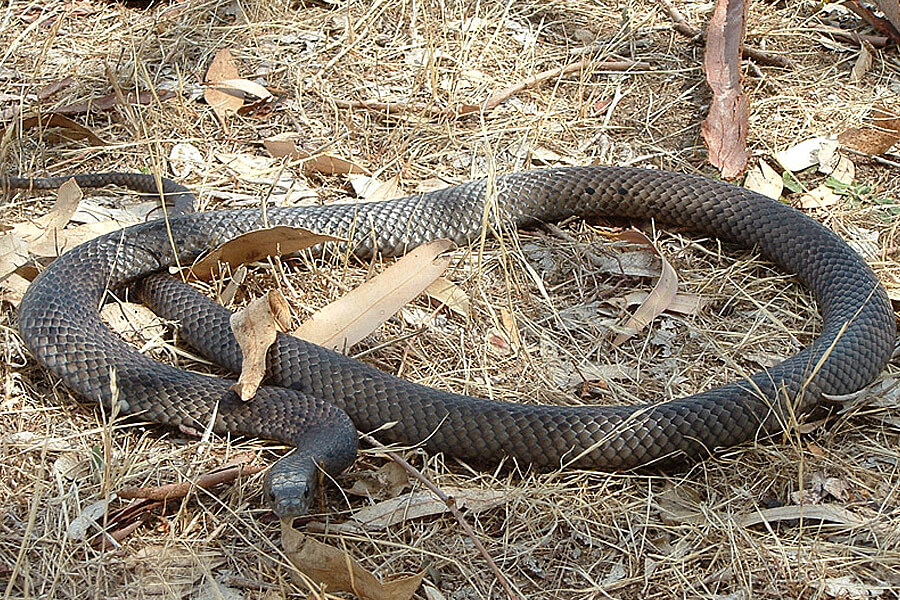Introduction
The Tasmanian tiger snake, clinically called Notechis scutatus, is one of Australia's the majority of appealing reptiles. Found mainly in Tasmania and its surrounding islands, this snake has garnered focus not just for its striking appearance but additionally for its complex habits and crucial role in the ecosystem. This article will certainly check out the different elements of the Tasmanian tiger serpent's environment, actions, makeup, and communications with human beings while providing crucial info about safety measures in situation of a snake bite.
Whether you're a researcher, a wildlife lover, or just somebody interested concerning these interesting creatures, this detailed overview assures to provide insights that are both informative and interesting. So let's start this journey to recognize the Tasmanian tiger serpent better!
The Tasmanian Tiger Snake: An Overview
Physical Qualities of the Tasmanian Tiger Snake
Tiger snakes are defined by their distinctive pigmentation and patterns. They normally display a mix of yellow or lotion stripes on a dark brownish or black history-- hence the name "tiger." Grown-up tiger snakes can mature to approximately 2.1 meters long, although a lot of individuals average around 1.5 meters.
Key Features:
- Coloration: Differs from dark brown to olive eco-friendly with lighter bands. Size: Grownups normally range from 1.2 to 2.1 meters. Head Shape: Noticeably wide with famous eyes.
Distribution and Habitat of the Tasmanian Tiger Snake
The Tasmanian tiger snake mostly inhabits seaside regions, wetlands, marshes, and grasslands in Tasmania. It flourishes in https://skillstrainingcollege.com.au/the-eastern-small-eyed-snake/ snake bite first aid pictures - Skill's Training College environments where it can quickly gain access to water sources because it is usually discovered near streams or lakes.
Habitat Preferences:
- Wetlands: Ideal for searching prey like frogs and small mammals. Coastal Areas: Deals bountiful food resources. Grasslands: Supplies cover and basking spots.
Understanding Tiger Serpent Behavior
Feeding Routines of the Tasmanian Tiger Snake
Tiger serpents are meat-eating and opportunistic feeders. Their diet consists primarily of frogs, fish, small animals, and birds. They depend on their keen vision and swift activities for hunting.
Dietary Breakdown:
- Frogs: A key part as a result of wealth in wetland habitats. Fish: Often captured when swimming in superficial waters. Small Creatures: Periodically preys on rodents.
Breeding Actions of the Tasmanian Tiger Snake
Tiger serpents have a fascinating reproductive cycle. Mating usually happens in spring after arising from hibernation. Women tiger snakes give birth to live young as opposed to laying eggs, which is rather distinct amongst reptiles.
Reproductive Cycle:
https://skillstrainingcollege.com.au/keelback-snake-a-guide/- Mating Season: Springtime (September to November). Gestation Duration: About 3 months. Litter Size: Varieties from 20 to 40 infant tiger snakes.
Aggression and Defense Mechanisms of the Tasmanian Tiger Snake
Though they can be hostile when intimidated, tiger serpents typically choose to retreat instead of face threat directly. Their primary defense reaction include attacking when cornered or displaying their dimension with hissing.

Defensive Strategies:
- Hissing Sound: A caution signal suggesting distress. Bite Response: A last resource when escape options are limited.
Are Tiger Snakes Venomous? Understanding Their Venom
Venom Composition and Effects
Yes! The Tasmanian tiger serpent is venomous. Its venom includes neurotoxins that can trigger serious damage or perhaps death if left without treatment. The results of a bite can consist of paralysis, swelling at the bite site, nausea, and other systemic symptoms.
Venom Features:
- Neurotoxic Components: Affect nervous system functioning. Hemotoxic Impacts: Can lead to cells damage.
Common Signs Following a Tiger Serpent Bite
Recognizing symptoms quickly is vital for efficient emergency treatment administration after a serpent bite:
- Severe discomfort at bite site Swelling Nausea or vomiting Difficulty breathing
First Help for Serpent Bites: What You Required to Know
Immediate Steps After a Tiger Serpent Bite
In case you run into a scenario including a tiger snake bite, it's essential to act rapidly:
Call emergency situation solutions immediately. Keep the impacted limb immobilized at heart level. Remove limited clothing or fashion jewelry around the bite site.Creating Your Snake Bite First Aid Kit
Having an effectively stocked emergency treatment kit can make all the distinction during emergency situations:|Thing|Function|| ------|---------|| Compression bandage|To paralyze arm or leg|| Splint|To maintain injured area|| Disinfectant wipes|For cleaning wounds|
FAQs Concerning the Tasmanian Tiger Snake
What do baby tiger snakes eat?
Baby tiger snakes primarily eat tiny pests and amphibians until they grow large sufficient to search larger prey like frogs or little fish.

How dangerous is a tiger snake bite?
A tiger snake bite can be exceptionally dangerous due to its powerful venom; instant clinical interest is vital for survival.
Where are eastern tiger snakes found?
Eastern tiger snakes populate seaside regions across southeastern Australia but are less usual than their Tasmanian counterparts.
What needs to I do if I see a tiger snake?
Maintain your range; do not attempt to handle it unless you're trained to do so-- most attacks take place during attempts at capture or mishandling.
Can I endure without antivenom after being bitten?
While some individuals might endure without antivenom relying on different variables such as wellness problems and time taken for therapy; seeking immediate medical help is constantly advised as it significantly increases survival chances.
Are there any type of particular precaution I ought to take while treking in Tasmania?
Always put on strong boots, stay on significant trails, avoid high lawn where presence might be restricted; acquaint yourself with local wild animals prior to heading out right into nature!
Conclusion
The Tajamanian tiger serpent stands for an important part of Australia's rich biodiversity landscape both environmentally as predators and culturally as symbols within Australian folklore. Comprehending their environment preferences in addition to habits gives understanding into how we can exist side-by-side securely while appreciating wild animals boundaries-- keeping in mind that awareness leads us in the direction of safer adventures outdoors!
By staying educated concerning prospective dangers such as envenomation from bites while likewise taking safety nets makes certain favorable experiences when experiencing these fascinating creatures!

In conclusion, whether you're interested by their striking look or captivated by their complicated behaviors-- the Tasmanian tiger serpent certainly should have recognition beyond simple attraction-- it encapsulates nature's charm linked delicately within our ecosystems!